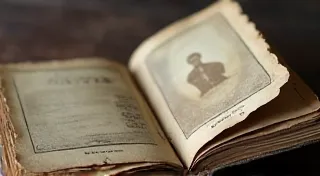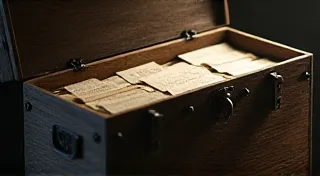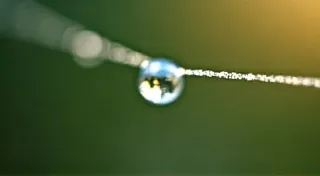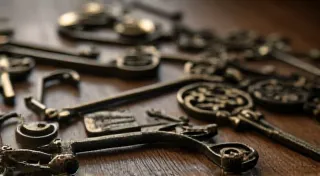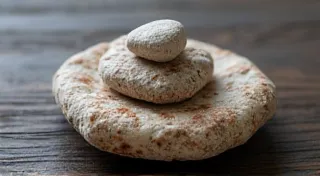The Ghost in the Gears: Exploring Sentimental Value and Antique Camera Ownership
There’s a particular scent that clings to some old cameras – a blend of leather, aged metal, and perhaps a whisper of the chemicals that once danced within them. It’s a smell that transcends mere odor; it’s an olfactory echo of the past. Holding an antique camera isn’t simply possessing a piece of photography equipment; it’s holding a fragment of time, a silent witness to moments lived and stories untold. We’ve become accustomed to instant gratification, digital perfection, and the disposability of technology. Yet, there's a powerful, almost magnetic pull towards these relics of a bygone era - a pull rooted not just in their mechanical beauty, but in the weight of history they carry.
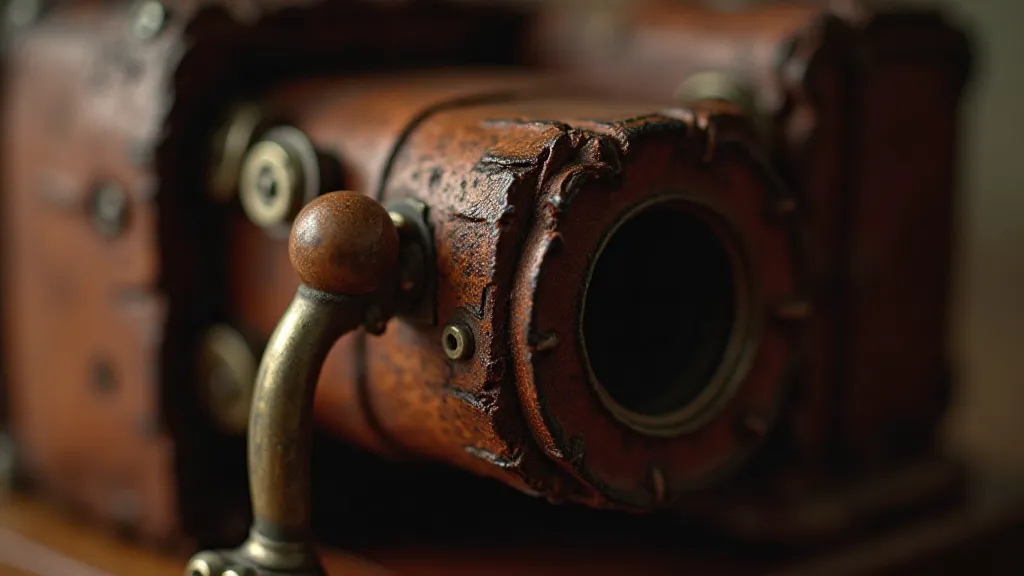
More Than Just Functionality: The Allure of the Past
The rise of digital photography has undoubtedly revolutionized the world, offering unprecedented convenience and capabilities. But with that convenience, something subtle has been lost. The deliberate nature of film photography, the anticipation, the slight imperfections, the ritual - these are all integral to the experience. An antique camera embodies this lost art. It’s a tangible connection to a time when photography was an act of dedication, requiring patience, skill, and a deep understanding of the craft. Imagine the photographer who originally held this camera – perhaps a young man documenting his family, or a professional capturing moments for posterity. Their intentions, their hopes, their anxieties, all resonate within the object itself.
These cameras weren’s mass-produced with the relentless efficiency we expect today. Each one was a testament to the skill of the craftsman. Examine the intricate engravings, the precision of the gears, the quality of the leatherwork. These weren’t simply assembled; they were built. The level of detail is astonishing, especially when considering the tools available at the time. The art of repair and maintenance, once a commonplace skill, has become a niche craft. For those looking to understand more about the equipment needed to bring these machines back to life, a deeper dive into essential tools for camera repair can be incredibly insightful.
Companies like Kodak, Leica, and Rolleiflex weren't just producing cameras; they were building legacies – and those legacies are tangible in the cameras that remain. The value of these cameras isn’t solely tied to their functionality; a significant portion stems from their historical significance and the meticulous craftsmanship involved. Collectors often meticulously categorize and appraise vintage camera value, understanding the nuances of condition, rarity, and provenance, a process that goes far beyond simple monetary assessment. The intricacies involved can be fascinating to explore.
A Legacy in Metal and Leather
Consider a Kodak Brownie, introduced in 1900. It democratized photography, making it accessible to the masses. Suddenly, ordinary people could capture their lives, their families, their surroundings. Or picture a Leica, the camera of choice for photojournalists and documentary filmmakers. It represents a different kind of legacy – one of truth-telling, of bearing witness to history. Even simpler cameras, like the box cameras common in the mid-20th century, offer a glimpse into everyday life of a generation gone by.
Owning one of these cameras isn’t about acquiring a mere object; it’s about accepting a responsibility. It’s a responsibility to preserve a piece of history, to understand the craft that produced it, and to appreciate the stories it holds. It’s a reminder that technology, however advanced, is ultimately just a tool – and that the true art lies in the hands of the person wielding it. Sometimes, these photographic machines, once vibrant and active, fall into disuse, leaving behind echoes of their former purpose. The 'still life of absence', those remnants of a photographer’s world, hold a poignant beauty all their own.
The Emotional Weight of Ownership
I recently acquired a Rolleiflex 2.8F, a camera that felt instantly significant. It wasn't just the iconic twin-lens design or the reputation for exceptional image quality that drew me in; it was the sense of history. As I held it, I imagined the countless journeys it had undertaken, the faces it had framed, the moments it had captured. I wondered about the photographer who last wound the film, the last time the shutter clicked. It felt like holding a secret, a whispered narrative of a life lived.
That feeling is universal among those who collect and restore antique cameras. It’s more than just a hobby; it's a connection to something larger than oneself. It's a recognition of the human desire to document, to remember, to leave a mark on the world. And that desire, that inherent need to capture moments, transcends generations and technological advancements.
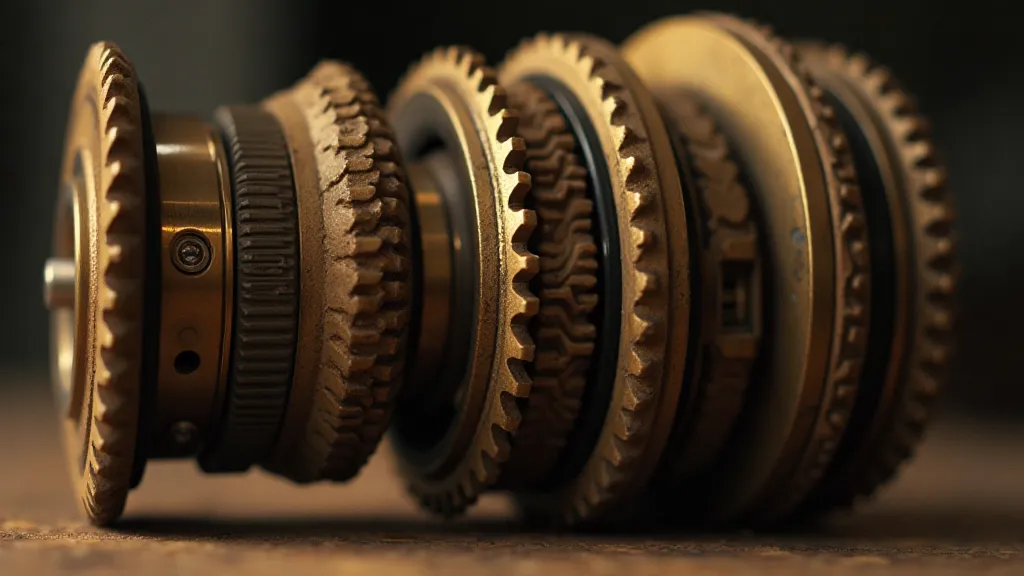
Preservation and Responsibility
Of course, owning an antique camera comes with a certain level of responsibility. These aren’t disposable items; they’re artifacts that deserve to be treated with care and respect. While some collectors prefer to preserve them in pristine, original condition, others enjoy the process of restoration. Restoration isn’t simply about repairing functionality; it’s about preserving the integrity of the object, acknowledging its history, and ensuring its survival for future generations.
Even simple maintenance, like cleaning the lens and lubricating the gears, can significantly extend the life of an antique camera. For those with a mechanical aptitude, restoration can be a rewarding experience – a chance to connect with the craftsmanship of the past and to learn about the inner workings of these remarkable machines. For others, finding a skilled repair technician who understands the intricacies of antique cameras is essential. Understanding the provenance and rarity of a particular model is a significant aspect of collecting; a closer look at collector's taxonomy provides a deeper understanding of how these factors contribute to value.
More Than Just a Camera: A Portal to the Past
The ghost in the gears isn’t a literal haunting, but a feeling—a profound sense of connection to the past. It’s the echo of a photographer’s hand, the whisper of a moment captured, the weight of history held within a tangible object. Antique cameras aren't just pieces of photography equipment; they are portals to a different time, reminders of a slower pace, and testaments to the enduring power of human creativity. They serve as a potent antidote to the fleeting nature of modern life, prompting us to slow down, appreciate the craftsmanship of the past, and honor the stories they hold. And perhaps, in doing so, we can better understand our place in the continuum of human experience.
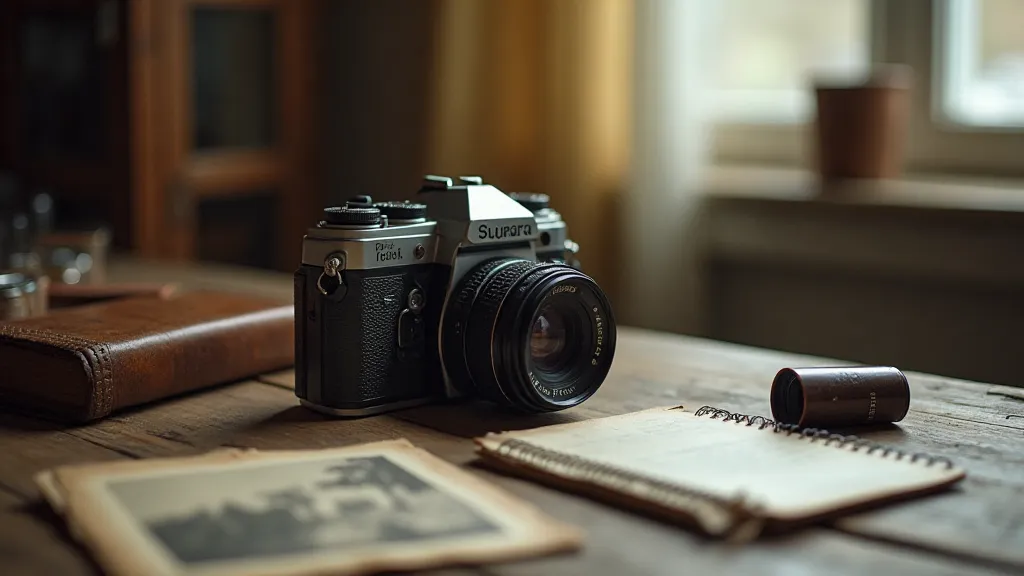
The lasting impact of these tools extends beyond their practical use. They are testaments to human ingenuity and the desire to capture the world around us. Sometimes the most evocative stories aren’t found in the images themselves, but in the remnants of the photographic process – the abandoned darkrooms, the forgotten film rolls – the very 'still life of absence' speaks volumes.
Ultimately, owning an antique camera is more than just a hobby; it's a responsibility to safeguard a piece of our collective heritage. It's an invitation to connect with the past, appreciate the present, and inspire future generations. And within those antiquated machines, the stories they hold continue to resonate.
